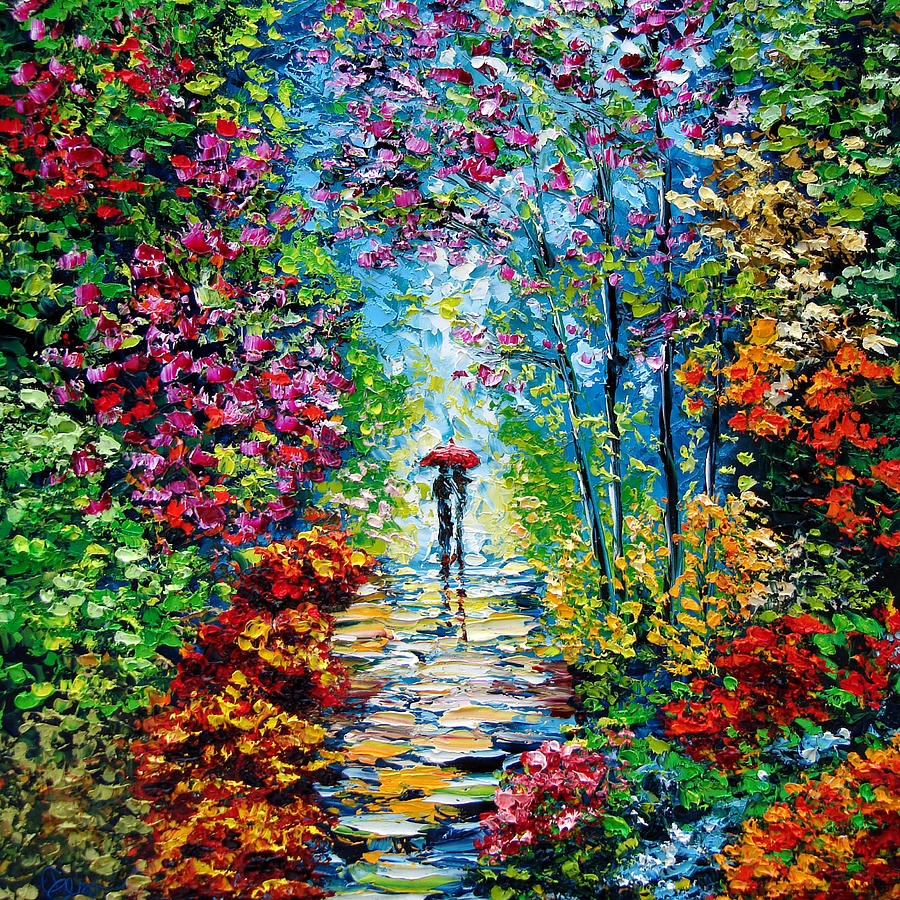Degas often made portraits of his family and friends but he was also an attentive observer of the working world in millinery workshops or laundries.
Only Daumier before him had taken an interest in washerwoman, who became one of Degas's favorite subjects between 1869-1895.
At first he painted single figures seen against the light, picked out sharply against the white linen.
Then, about 1884-1886, he dwelled more heavily on the subject, this time depicting two women in a laundry.








